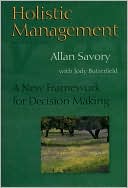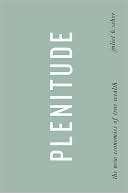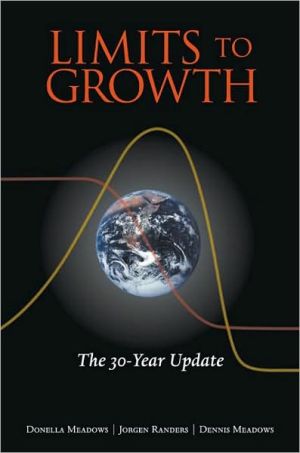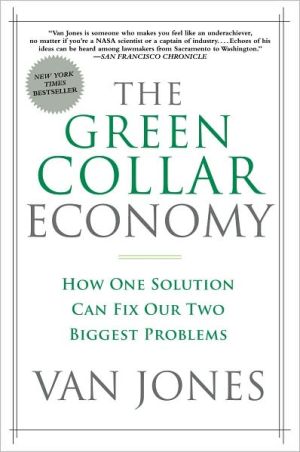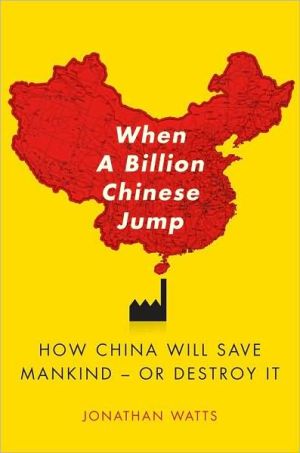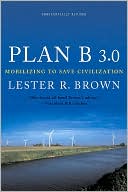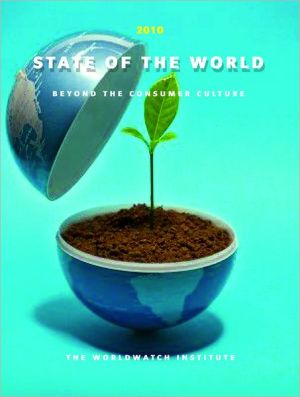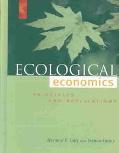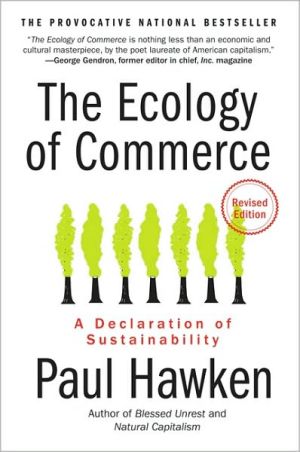Holistic Management: A New Framework for Decision Making, Second Edition
Search in google:
<p>Increasingly sophisticated technology and an ever-expand-ing base of knowledge have not been enough to allow humans to halt the worldwide progression of environmental degradation. Extensive fieldwork in both Africa and the United States convinced Allan Savory that neither the forces of nature nor commonly blamed culprits-overpopulation, poor farming practices, lack of financial support-were causing the decline of once-healthy ecosystems. He also noted that once land has become degraded, leaving it alone seldom helps revitalize it. Savory eventually came to realize that on the most fundamental level, environmental problems are caused by human management decisions, and only through wholesale changes in the way decisions are made can functioning ecosystems be restored. In response to that startling discovery, Savory began to develop a revolutionary new approach to decision-making and management. Known initially as Holistic Resource Management, and now as simply Holistic Management, it considers humans, their economies, and the environment as inseparable. It includes a common-sense decision-making framework that requires no specialized knowledge or elaborate technology to utilize, and is applicable in any environment or management situation. At the heart of the approach lies a simple testing process that enables people to make decisions that simultaneously consider economic, social, and environmental realities, both short- and long-term.<p>Holistic Management is a newly revised and updated edition of Holistic Resource Management (Island Press, 1988), which was the first book-length treatment of Savory's decision-making framework and how it could be applied. A decade of trial-and-error implementation has strengthened and clarified the book's ideas, and has expanded the scope of the process to include all manner of decisions and management situations, not just those that relate to land and resource management.<p>Holistic Management has been practiced by thousands of people around the world to profitably restore and promote the health of their land through practices that mimic nature, and by many others who have sought a more rewarding personal or family life. This book is an essential handbook for anyone involved with land management and stewardship-ranchers, farmers, resource managers, and others-and a valuable guide for all those seeking to make better decisions within their organizations or in any aspect of their personal lives.
PrefaceAcknowledgmentsPt. IIntroduction1Changing the Way We Make Decisions3Pt. IIFour Key Insights2The Power of Paradigms133The Whole Is Greater Than the Sum of Its Parts174Viewing Environments a Whole New Way285The Predator-Prey Connection376Timing Is Everything417A New Framework for Management and Decision Making50Pt. IIIThe Power Lies in the Holistic Goal8Defining the Whole: What Are You Managing?599Forming a Holistic Goal: What Is It You Really Want?6710Developing a Sense of Ownership: Are You Sure That's What You Really Want?86Pt. IVThe Ecosystem That Sustains Us All11The Four Fundamental Processes That Drive Our Ecosystem10112Water Cycle: The Circulation of Civilization's Life Blood10413Community Dynamics: The Ever-Changing Patterns in the Development of Living Communities12014Mineral Cycle: The Circulation of Life-Sustaining Nutrients14115Energy Flow: The Flow of Fuel That Animates All Life149Pt. VThe Tools We Use to Manage Our Ecosystem16From Stone Age Spears to Genetic Engineering16717Money and Labor: One or Both of These Tools Is Always Required17118Human Creativity: Key to Using All Tools Effectively17819Fire: The Most Ancient Tool18220Rest: The Most Misunderstood Tool19521Grazing: The Most Abused Tool21622Animal Impact: The Least Used Tool23623Living Organisms: The Most Complex Tool25024Technology: The Most Used Tool258Pt. VITesting Your Decisions25Making Economically, Environmentally, and Socially Sound Decisions26726Cause and Effect: Stop the Blows to Your Head Before You Take the Aspirin27327Weak Link: The Strength of a Chain Is That of Its Weakest Link28428Marginal Reaction: Getting the Biggest Bang for Your Buck29429Gross Profit Analysis: Bringing in the Most Money for the Least Additional Cost30230Energy and Money: Using the Most Appropriate Forms in the Most Constructive Way31031Sustainability: Generating Lasting Wealth31632Society and Culture: Personal Values and Social Responsibility326Pt. VIICompleting the Feedback Loop33Monitoring Your Plans and Keeping on Track335Pt. VIIISome Practical Guidelines for Management34Lessons Learned in Practice34535Learning and Practice: Shifting Your Paradigms34836Organization and Leadership: Creating an Environment That Nurtures Creativity35937Marketing: Developing a Strategy in Line with Your Holistic Goal36838Time: When to Expose and Reexpose Plants and Soils to Animals37839Stock Density and Herd Effect: Using Animals to Shape the Landscape39640Cropping: Practices That More Closely Mimic Nature41341Burning: When and How to Burn, and What to Do Before and After43042Population Management: Look to Age Structure Rather Than Numbers, Diversity Rather Than Single Species439Pt. IXPlanning Procedures Unique to Holistic Management43Departing from the Conventional45944Holistic Financial Planning: Creating the Financial Roadmap to Your Holistic Goal46345Holistic Land Planning: Developing Infrastructure on Large Tracts of Land48646Holistic Grazing Planning: Getting Animals to the Right Place, at the Right Time, and for the Right Reasons501Pt. XNew Perspectives47Expanding the Uses of the Holistic Management Model52748Diagnosing the Cause of Problems52949Making Research Relevant53850Creating Sound Policies545Pt. XIConclusion51Changing Course: Creating the Future We Want559Glossary569References573Notes597Index603About the Center for Holistic Management620
